Home>Garden Essentials>Where To Plant Ground Cover Daylilies
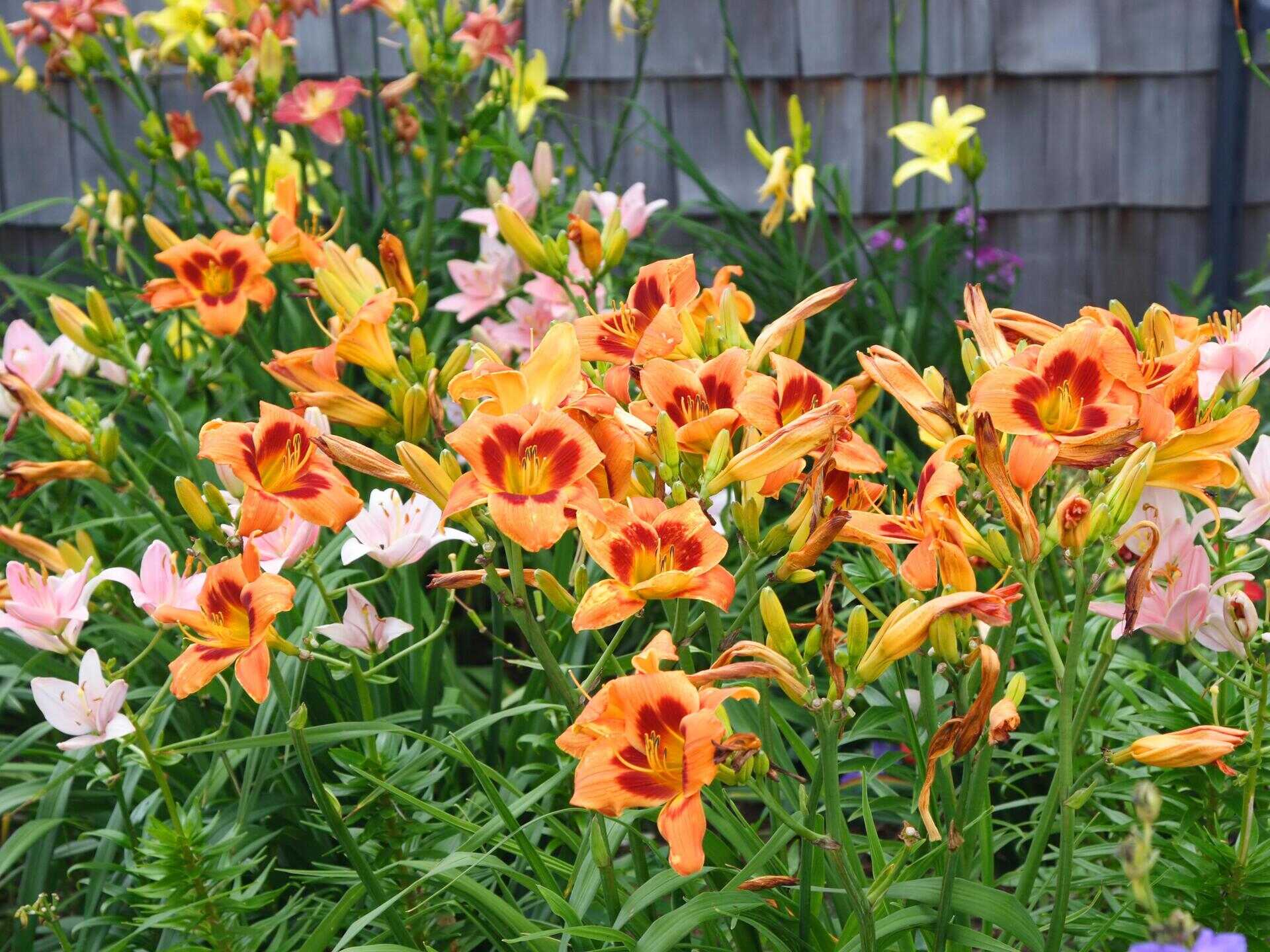

Garden Essentials
Where To Plant Ground Cover Daylilies
Modified: August 27, 2024
Looking to add some color to your garden? Discover the best locations to plant ground cover day lilies in your garden for a vibrant and beautiful landscape.
(Many of the links in this article redirect to a specific reviewed product. Your purchase of these products through affiliate links helps to generate commission for Storables.com, at no extra cost. Learn more)
Introduction
Gardening enthusiasts and homeowners alike often seek out plants that can serve as effective ground cover, adding beauty to their outdoor spaces while also providing practical benefits. One such plant that fits the bill is the ground cover daylily. Known for their vibrant blooms and low maintenance requirements, ground cover daylilies can be a fantastic addition to any garden.
In this article, we will explore the various factors to consider when planting daylilies as ground cover. We will delve into the suitable growing conditions, sun requirements, soil preferences, watering needs, and maintenance tips for these beautiful plants. Additionally, we will highlight some of the best places to plant ground cover daylilies and suggest companion plants that can help enhance their visual appeal.
So, whether you are a seasoned gardener looking to expand your collection or a beginner hoping to add some color to your outdoor space, read on to discover all you need to know about planting and caring for ground cover daylilies.
Key Takeaways:
- Ground cover daylilies thrive in sunny areas with well-draining soil. They require regular watering and minimal maintenance, making them a colorful and low-maintenance addition to any garden.
- When planting ground cover daylilies, consider their size, climate, and purpose. Choose suitable companion plants and locations such as garden beds, slopes, and rock gardens to showcase their vibrant blooms and enhance your garden’s beauty.
Read more: When To Plant Pachysandra Ground Cover
Factors to Consider for Planting Daylilies as Ground Cover
Before jumping into planting ground cover daylilies, it’s essential to consider a few important factors. By taking these factors into account, you can ensure the successful growth and development of your daylilies as beautiful ground cover plants.
First and foremost, consider the size of the area you intend to cover with daylilies. Daylilies spread quickly and can multiply over time, so it’s important to allot enough space for them to grow and spread without overcrowding other plants.
Another crucial factor to consider is the climate in your area. Daylilies are highly adaptable and can thrive in various climates, but it’s still essential to choose daylily varieties that are well-suited to your specific climate conditions. Check with local nurseries or gardening experts to find out which daylily varieties perform well in your region.
Additionally, consider the purpose of planting daylilies as ground cover. Are you looking to enhance the aesthetics of your garden, provide erosion control, or suppress weed growth? Different daylily varieties may be better suited to fulfill these different purposes, so make sure to choose accordingly.
Lastly, think about the overall design of your garden and how the daylilies will fit into the existing landscape. Consider factors such as color scheme, height, and texture to create a cohesive and visually appealing garden design.
By considering these important factors before planting daylilies as ground cover, you can ensure that they will thrive and contribute to the overall beauty and functionality of your garden space.
Suitable Growing Conditions for Daylilies
Daylilies are remarkably adaptable plants that can thrive in a wide range of growing conditions. However, providing them with the optimal conditions will help them reach their full potential and produce abundant blooms. Here are some key factors to consider when it comes to the suitable growing conditions for daylilies.
Light: Daylilies are known to be sun-loving plants and do best when exposed to at least six hours of direct sunlight per day. However, they can also tolerate partial shade, especially in hotter regions where protection from intense afternoon sun is beneficial.
Soil: To ensure optimal growth, daylilies prefer well-draining soil with a slightly acidic to neutral pH level. Amending the soil with organic matter, such as compost or well-rotted manure, can help improve the soil’s texture and fertility.
Moisture: While daylilies are fairly drought-tolerant, they still require regular watering, especially during periods of prolonged dryness. Deep watering once or twice a week is usually sufficient, allowing the soil to dry out between waterings. Avoid overwatering, as this can lead to root rot and other issues.
Temperature: Daylilies are known for their ability to withstand both hot and cold temperatures. They are hardy perennials that can survive freezing temperatures in winter and hot summers. However, extreme temperature fluctuations can have a negative impact on their growth and flowering, so it’s important to provide some protection during periods of extreme heat or cold.
Air Circulation: Good air circulation is essential for preventing diseases and maintaining the overall health of daylilies. Plant them with sufficient spacing to allow air to flow freely between the plants and avoid overcrowding.
Pests and Diseases: While daylilies are generally resistant to pests and diseases, they can occasionally be affected by aphids, slugs, or fungal infections. Regular inspection and the implementation of appropriate pest control measures, such as organic insecticides or physical barriers, can help keep these issues at bay.
By providing the suitable growing conditions, you can ensure that your daylilies thrive and produce an abundance of beautiful blooms, making them a standout feature in your garden.
Sun Requirements for Ground Cover Daylilies
When it comes to sun requirements, daylilies are considered sun-loving plants that thrive in direct sunlight. However, they can also tolerate some shade, which makes them versatile options for different garden settings. Understanding the sun requirements for ground cover daylilies will help you determine the best locations to plant them and ensure their optimal growth and bloom.
Full Sun: Daylilies perform at their best when exposed to at least six hours of direct sunlight per day. In full sun, they tend to produce more vibrant and abundant blooms. If you have an area in your garden that receives full sun for the majority of the day, it is an excellent choice for planting ground cover daylilies.
Partial Shade: Ground cover daylilies can tolerate partial shade, especially in regions with intense afternoon sun. If your garden has areas that receive four to six hours of sunlight per day, either in the morning or late afternoon, these spots can still support the growth and bloom of daylilies. Planting them in partial shade may even help protect their delicate blooms from scorching heat.
Considerations: While daylilies can handle some shade, too much shade can result in weaker growth and fewer blooms. In heavily shaded areas where sunlight is limited to a few hours per day, daylilies may struggle to thrive. In such cases, it’s best to select alternative ground cover plants that are better suited to shade-loving conditions.
To maximize the benefits of sunlight, it’s important to choose the right location for planting ground cover daylilies. Observe your garden throughout the day to identify the areas that receive the most sunlight and have the least shade. These spots will provide the ideal conditions for daylilies to grow vigorously and produce their characteristic showy blooms.
Remember, proper sun exposure is crucial for the overall health and vitality of ground cover daylilies. Providing them with the right balance of sunlight will contribute to their visual appeal and make them a standout feature in your garden.
Soil Requirements for Ground Cover Daylilies
The soil is a fundamental component in creating optimal growing conditions for ground cover daylilies. By understanding the soil requirements of these plants, you can ensure that they develop healthy root systems and thrive in your garden. Here are some important factors to consider when it comes to the soil requirements for ground cover daylilies.
Drainage: Daylilies prefer well-draining soil to prevent waterlogged conditions that can lead to root rot. Poorly drained soils can suffocate the roots and cause the plant to wither. Therefore, it is important to avoid heavy clay soils or areas with poor drainage for planting ground cover daylilies. If you have heavy clay soil, consider amending it with organic matter, such as compost or peat moss, to improve its drainage capabilities.
pH Level: Daylilies thrive in slightly acidic to neutral soil with a pH range of 6.0 to 7.0. Conduct a soil test to determine the pH level of your garden soil. If the pH level is outside of the recommended range, you can adjust it by adding soil amendments. Adding lime can raise the pH for acidic soil, while sulfur or elemental sulfur can lower the pH for alkaline soil.
Soil Fertility: Ground cover daylilies perform best in soil that is rich in organic matter and nutrients. Prior to planting, incorporate well-rotted compost or aged manure into the soil to improve its fertility. This will provide the necessary nutrients for the daylilies to establish strong roots and promote healthy foliage and blooms.
Soil Texture: Daylilies can tolerate a range of soil textures, including sandy, loamy, and clay soils. However, they prefer loamy soil, which is a well-balanced mixture of sand, silt, and clay. Loamy soil offers good drainage while retaining enough moisture for the roots to thrive. If your soil is sandy or clayey, adding organic matter can help improve its texture and water-holding capacity.
It is important to prepare the soil properly before planting ground cover daylilies. Loosen the soil to a depth of at least 12 inches, removing any weeds or rocks. Incorporate organic matter and ensure that the soil is well-draining. This will provide an ideal environment for the daylilies’ roots to establish and spread, resulting in healthy and vigorous growth.
By meeting the soil requirements for ground cover daylilies, you can create an optimal growing environment that supports their long-term health and allows them to thrive in your garden.
Plant ground cover day lilies in well-drained soil with full sun to partial shade. Space them about 12-18 inches apart to allow for spreading. They can also be planted on slopes to help with erosion control.
Read more: How To Plant Clover As Ground Cover
Watering Needs for Ground Cover Daylilies
Proper watering is essential for the health and vitality of ground cover daylilies. While these plants are generally drought-tolerant, providing them with adequate moisture will promote optimal growth and encourage the development of vibrant blooms. Here are some important considerations when it comes to the watering needs of ground cover daylilies.
Establishment: During the initial planting and establishment period, it is crucial to ensure that the daylilies receive regular moisture. Water the plants deeply immediately after planting, and continue to water them regularly for the first few weeks until their roots become established. This will help the plants establish a strong root system that can efficiently absorb water and nutrients from the soil.
Frequency: Once the daylilies are established, they generally require regular watering to thrive. Water deeply and evenly, providing enough moisture to penetrate the root zone. Aim to water the plants once or twice a week, depending on the weather conditions and the moisture levels in the soil. It is important to strike a balance – avoid overwatering, which can lead to root rot, and ensure that the soil does not dry out completely between waterings.
Moisture Levels: To determine when to water, check the moisture levels in the soil. Stick your finger about an inch into the soil – if it feels dry at that depth, it is time to water. Alternatively, you can use a moisture meter or install a drip irrigation system with a soil moisture sensor for more precise monitoring of soil moisture levels.
Watering Techniques: When watering ground cover daylilies, it is best to water at the base of the plants rather than overhead. This helps avoid wetting the foliage, which can encourage diseases. Use a soaker hose or a drip irrigation system to deliver water slowly and directly to the root zone. This allows the water to soak deep into the soil and reach the roots where it is most needed.
Seasonal Adjustments: Adjust your watering schedule according to the season. In hot, dry periods, increase the frequency of watering to compensate for the increased evaporation and ensure that the plants receive adequate moisture. During cooler and wetter seasons, you can reduce the frequency of watering to prevent over-saturation of the soil.
By understanding the watering needs of ground cover daylilies and providing them with the right amount of moisture, you can ensure their healthy growth and stunning blooms. Regular, deep watering will help these plants thrive and transform your garden into a colorful oasis.
Maintenance and Care for Ground Cover Daylilies
Ground cover daylilies are known for their low maintenance requirements, making them an excellent choice for gardeners of all skill levels. However, a little care and attention can go a long way in ensuring that your daylilies stay healthy, vibrant, and free from any potential issues. Here are some key maintenance and care tips for ground cover daylilies.
Weeding: Regular weeding is important to prevent competition for nutrients and moisture. Remove any weeds that emerge around the daylilies, being careful not to damage the shallow roots of the plants. Applying a layer of mulch around the base of the plants can help suppress weed growth and conserve soil moisture.
Deadheading: Deadheading, the removal of spent blooms, not only keeps the plants looking tidy but also encourages them to produce more blooms. Once a daylily flower fades, simply cut the stem back to the base of the plant using sharp, sterilized pruners or scissors. Regular deadheading throughout the blooming season will promote continuous flower production.
Dividing: Over time, daylilies can become overcrowded and may require division to maintain their vigor and blooming performance. Dividing daylilies every three to five years can help rejuvenate the plants and prevent them from becoming overly congested. The best time to divide daylilies is in early spring or after they have finished flowering in late summer or early fall. Dig up the clumps and carefully separate them, ensuring that each division has healthy roots and shoots before replanting them.
Fertilizing: Ground cover daylilies generally do not require excessive fertilization. However, applying a balanced granular fertilizer or a slow-release organic fertilizer in early spring can provide a nutrient boost for healthy growth and blooms. Follow the recommended application rates provided on the fertilizer packaging, and avoid overfertilization, as this can lead to excessive leaf growth and reduced blooming.
Pest and Disease Control: Daylilies are generally resistant to pests and diseases. However, some common issues that may affect them include aphids, slugs, and fungal infections. Regularly inspect the plants for any signs of pest infestation or disease. If necessary, apply appropriate pest control measures, such as organic insecticides or slug deterrents, to prevent and manage these issues.
Protection from Extreme Temperatures: While daylilies can tolerate a range of temperatures, extreme heat or cold can impact their growth and flowering. Providing some protection during periods of intense heat or severe cold, such as using shade cloth or mulch, can help mitigate stress and protect the plants.
By following these maintenance and care guidelines, you can ensure that your ground cover daylilies remain healthy, vigorous, and a stunning addition to your garden. Taking a little time to care for these plants will reward you with long-lasting beauty and enjoyment.
Best Places to Plant Ground Cover Daylilies
Ground cover daylilies can be planted in various locations within your garden, adding visual interest and practical benefits. Here are some of the best places to plant ground cover daylilies to maximize their impact and create stunning garden landscapes.
Garden Beds and Borders: Ground cover daylilies make excellent additions to garden beds and borders. Their vibrant blooms and lush foliage create a beautiful tapestry of colors and textures. Plant them alongside other perennials, such as coneflowers, salvias, or ornamental grasses, for a dynamic and eye-catching display. Ensure that the daylilies are spaced adequately to allow for their spreading habit, giving them room to grow without overcrowding neighboring plants.
Slopes and Banks: Ground cover daylilies are useful for erosion control on slopes or banks. Their spreading nature helps stabilize the soil and prevent erosion, while their dense foliage adds visual appeal. Plant them on slopes where erosion is a concern, and their deep-rooted growth will help hold the soil in place while providing a colorful ground cover solution.
Rock Gardens: The low-growing and compact nature of ground cover daylilies make them ideal for rock gardens. Plant them among rocks and boulders to create natural-looking spaces that are bursting with color. Their ability to withstand dry conditions also makes them well-suited for rock gardens, as the rocks and boulders help provide drainage and heat retention.
Path Edges: Planting ground cover daylilies along the edges of pathways can add a touch of charm and beauty. The vibrant blooms and foliage provide a soft border that leads the eye and adds visual interest. Select compact varieties that won’t encroach upon the pathway or require excessive maintenance, ensuring that the daylilies remain at the perfect height to complement the pathway’s design.
Under Trees: Daylilies can thrive in partially shaded areas, making them suitable for planting under trees. These spots are often challenging to find suitable plants for due to the competition for light, water, and nutrients from tree roots. Ground cover daylilies are a great solution, as they can tolerate the dappled shade and still produce beautiful blooms that brighten up these otherwise shaded areas.
When selecting the best places to plant ground cover daylilies, consider the overall design of your garden, the specific conditions of each location, and how the daylilies will interact with the surrounding plants and elements. By carefully choosing the right spots, you can create a stunning landscape that showcases the beauty and versatility of ground cover daylilies.
Companion Plants for Ground Cover Daylilies
Choosing the right companion plants to pair with your ground cover daylilies can enhance the overall beauty and visual appeal of your garden. Consider plants that complement the vibrant blooms and foliage of the daylilies, provide contrasting textures or colors, and have similar growth requirements. Here are some excellent companion plants to consider for your ground cover daylilies:
Perennials:
- Salvia: The tall spires of salvia create an excellent backdrop for the low-growing daylilies. Choose varieties with contrasting colors like purple salvia with yellow daylilies for a vibrant display.
- Coneflowers: The bold and daisy-like flowers of coneflowers pair well with the delicate blooms of daylilies. Choose varieties with shades of pink, purple, or white for a complementary color scheme.
- Coreopsis: The bright and sunny blooms of coreopsis blend beautifully with the warm-colored daylilies. The contrasting flower shapes and colors create a visually appealing combination.
- Black-eyed Susans: The cheerful yellow flowers of black-eyed Susans provide a stunning contrast to the vivid daylily blooms. The combination of yellow and orange hues creates a striking color scheme.
Grasses and Foliage Plants:
- Ornamental Grasses: Planting ornamental grasses, such as purple fountain grass or switchgrass, among daylilies adds texture and movement to the garden. The feathery or upright grasses create a beautiful contrast with the broad leaves of daylilies.
- Hostas: The large and lush leaves of hostas provide an excellent backdrop for the colorful daylily blooms. Choose hosta varieties with contrasting foliage colors, such as blue-green or variegated, for an eye-catching combination.
- Heuchera: The vibrant foliage of heuchera, or coral bells, adds visual interest and color variation when planted with daylilies. Select heuchera cultivars with contrasting leaf colors, such as deep burgundy or chartreuse, for an attractive pairing.
Bulbs:
- Tulips: Pairing early-blooming tulips with daylilies can create a stunning display of color and sequential blooming. Choose tulip varieties with contrasting shades, such as red or purple, to create a visually appealing combination.
- Alliums: The tall and dramatic flower heads of alliums make a striking statement when planted with ground cover daylilies. Their spherical shapes add architectural interest, and the combination of different heights creates a visually dynamic composition.
When selecting companion plants for your ground cover daylilies, consider their growth habits, sun and soil requirements, and compatibility with daylilies. Aim for a mix of colors, textures, and heights to create a harmonious and visually interesting garden landscape.
By carefully selecting and planning the companion plants for your ground cover daylilies, you can create a cohesive and captivating garden design that showcases the beauty of these versatile and low-maintenance plants.
Read more: How To Plant Sedum Ground Cover
Conclusion
Ground cover daylilies are excellent additions to any garden, providing beautiful blooms, low maintenance requirements, and practical benefits. By considering the factors to consider when planting daylilies as ground cover, such as size, climate, purpose, and garden design, you can ensure successful growth and integration of these plants into your outdoor space.
Providing suitable growing conditions, including ample sunlight, well-drained soil, and proper watering, is essential for the health and vitality of ground cover daylilies. These hardy perennials can thrive in a wide range of environments, making them versatile choices for various garden settings.
Maintaining and caring for ground cover daylilies requires minimal effort but yields significant rewards. Regular weeding, deadheading, and dividing, along with proper fertilization and pest control, can keep the plants healthy and vibrant. Providing some protection during extreme temperatures can also help them thrive.
When it comes to planting ground cover daylilies, consider the best places to showcase their beauty. Garden beds, slopes, rock gardens, path edges, and shaded areas under trees are all excellent locations to plant these versatile plants. Choosing the right companion plants, such as perennials, ornamental grasses, and bulbs, can further enhance the visual impact of your garden and create stunning combinations.
In conclusion, whether you are an experienced gardener or just starting out, ground cover daylilies can be a beautiful and practical addition to your outdoor space. With their vibrant blooms, low maintenance requirements, and adaptability to various growing conditions, they offer a fantastic combination of beauty and convenience. By considering the factors, providing suitable conditions, and selecting complementary plants, you can create a garden landscape that is truly captivating with ground cover daylilies as the star performers.
Frequently Asked Questions about Where To Plant Ground Cover Daylilies
Was this page helpful?
At Storables.com, we guarantee accurate and reliable information. Our content, validated by Expert Board Contributors, is crafted following stringent Editorial Policies. We're committed to providing you with well-researched, expert-backed insights for all your informational needs.
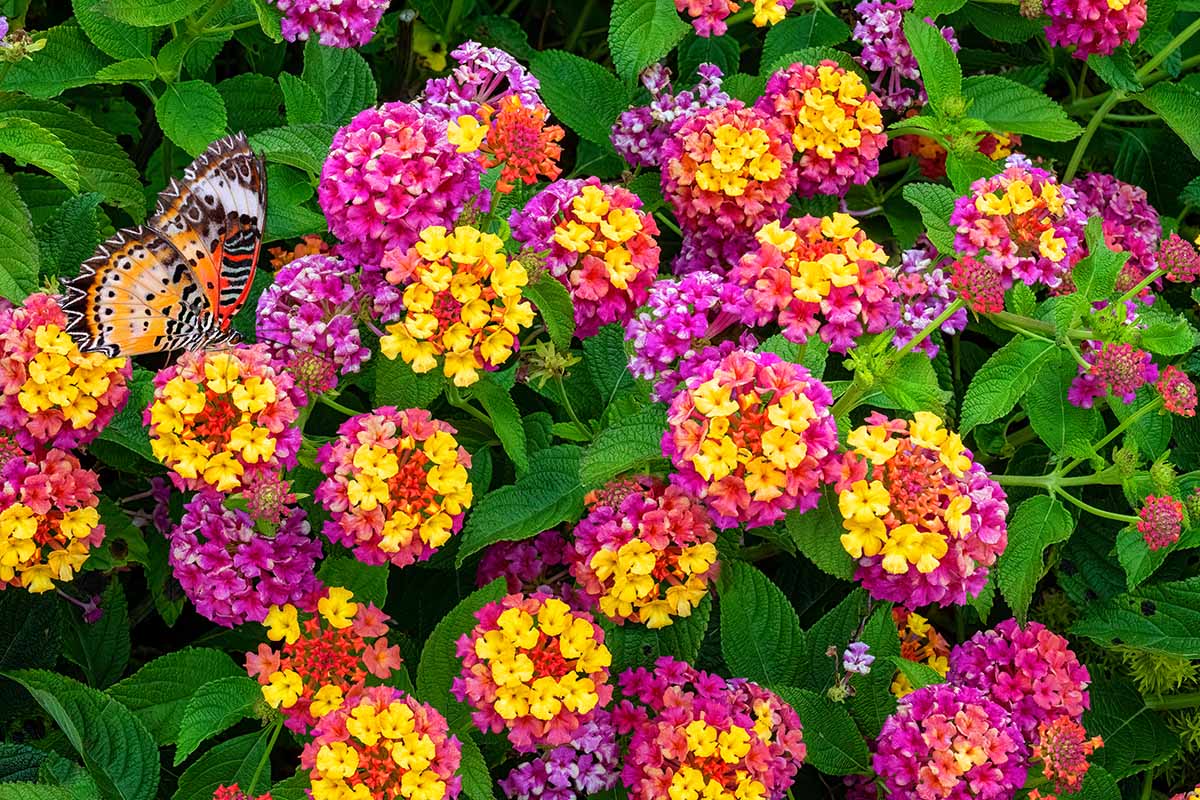
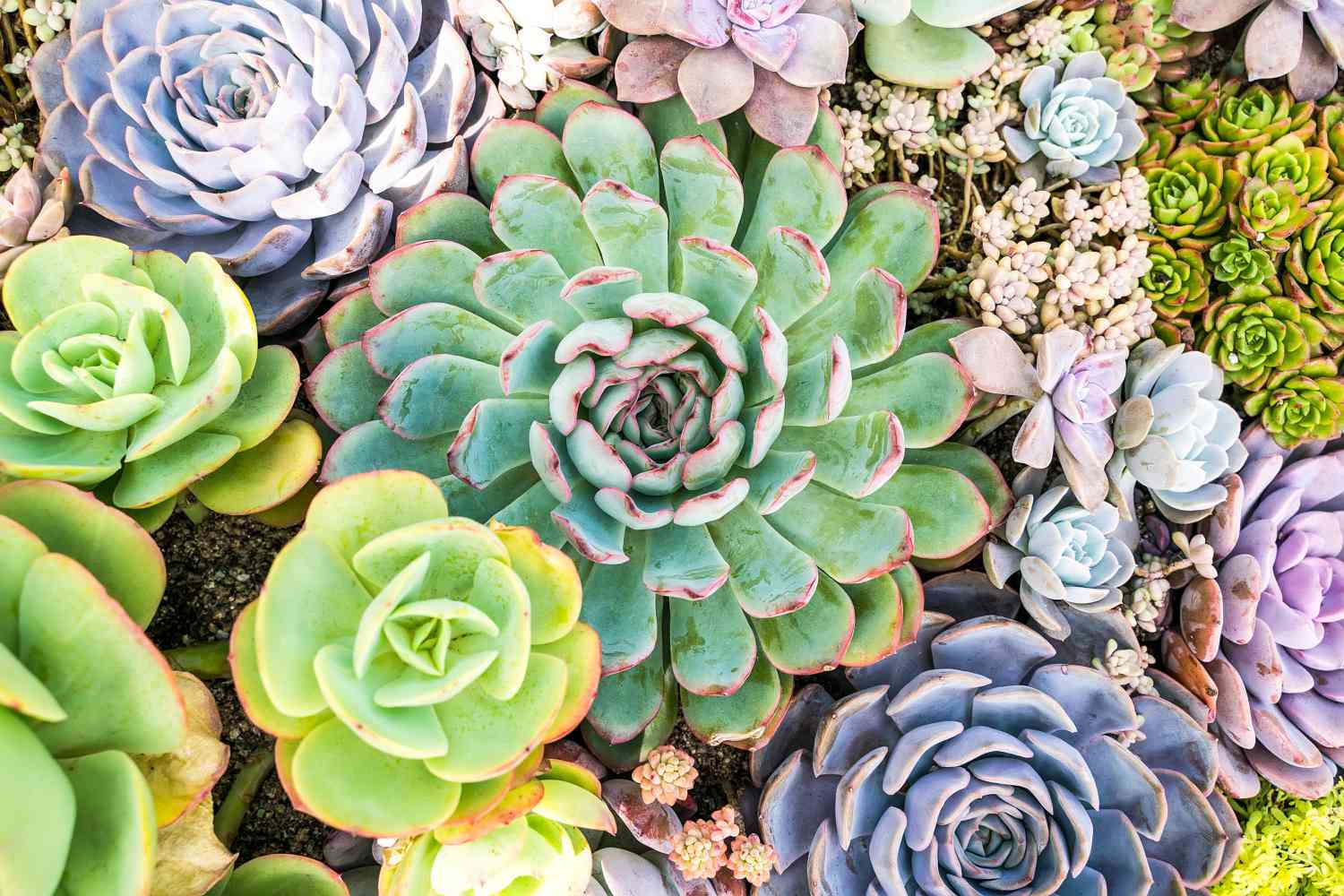
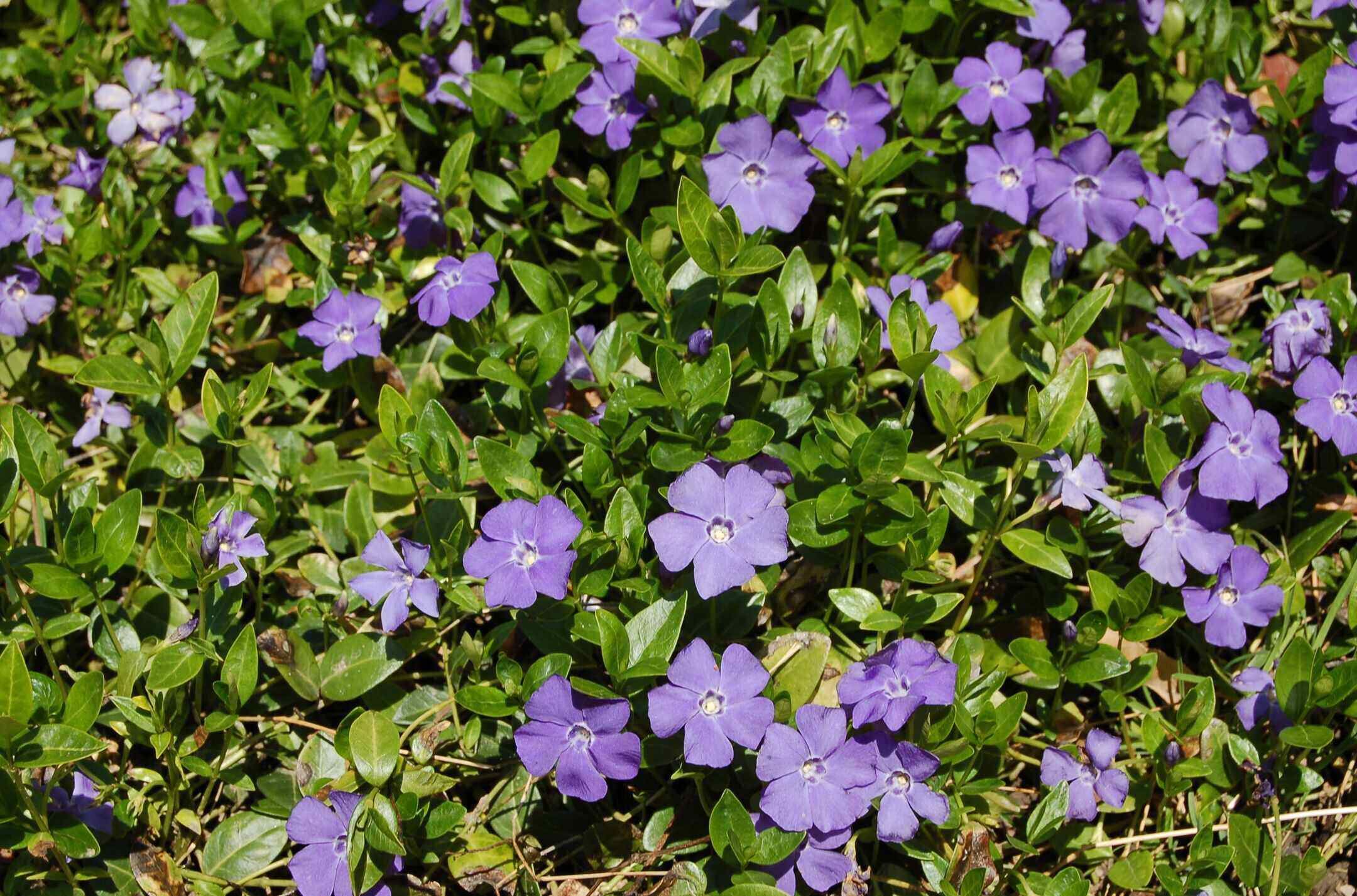
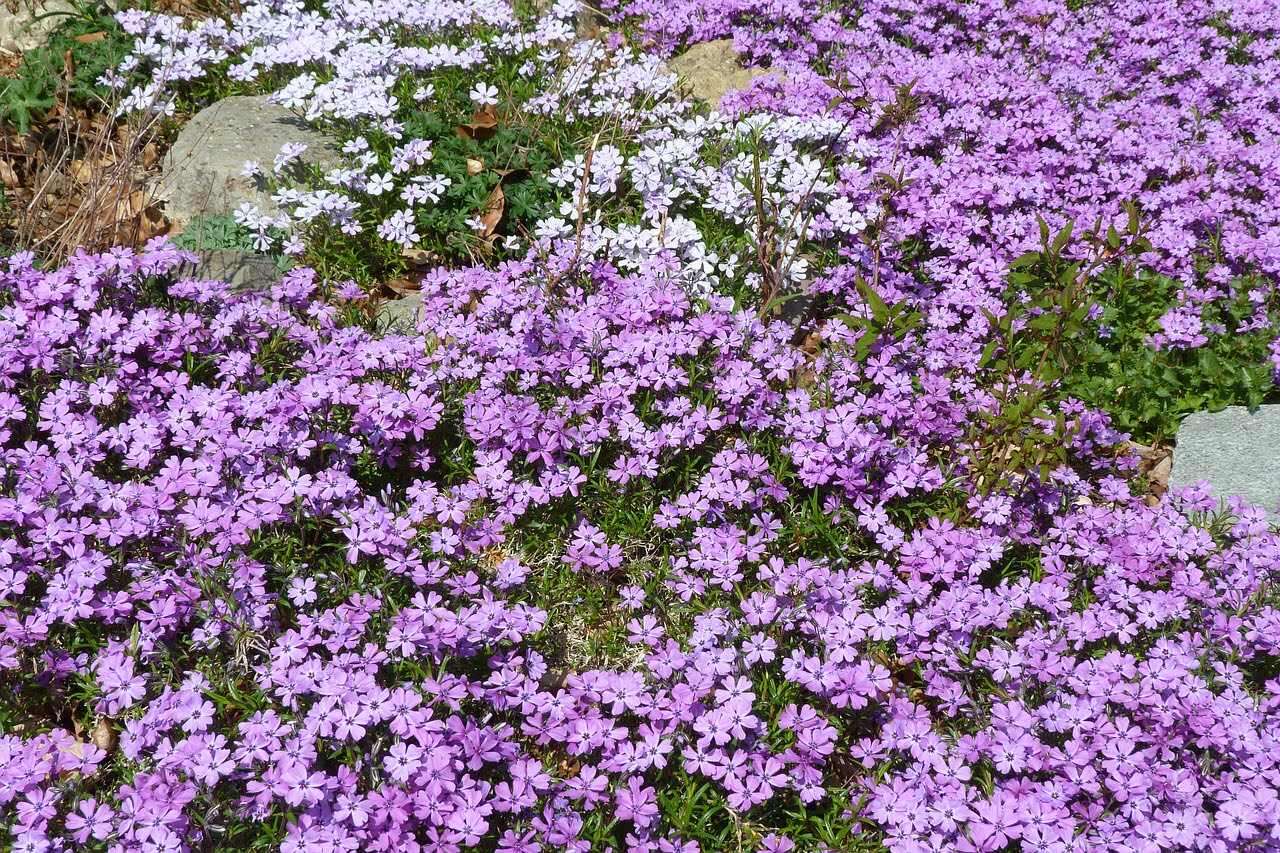
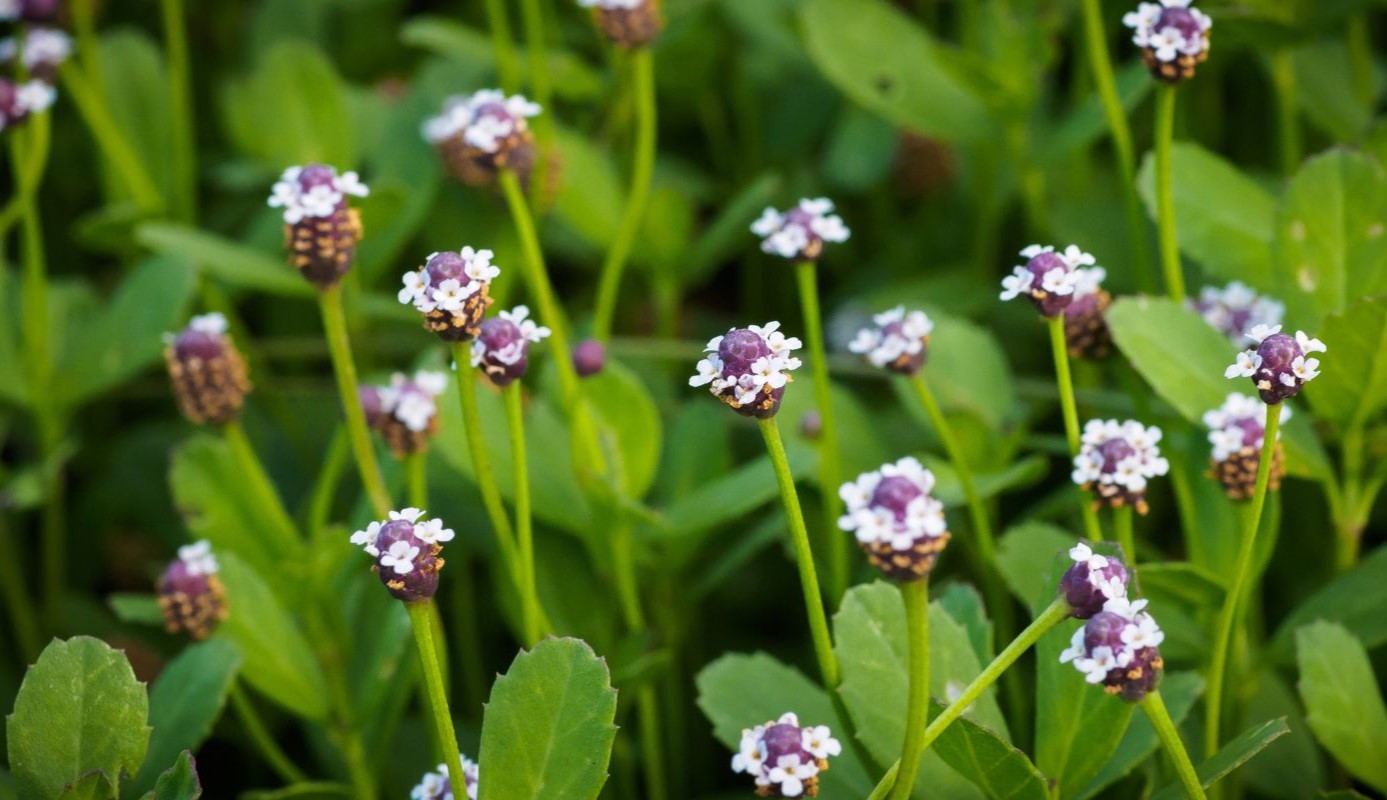
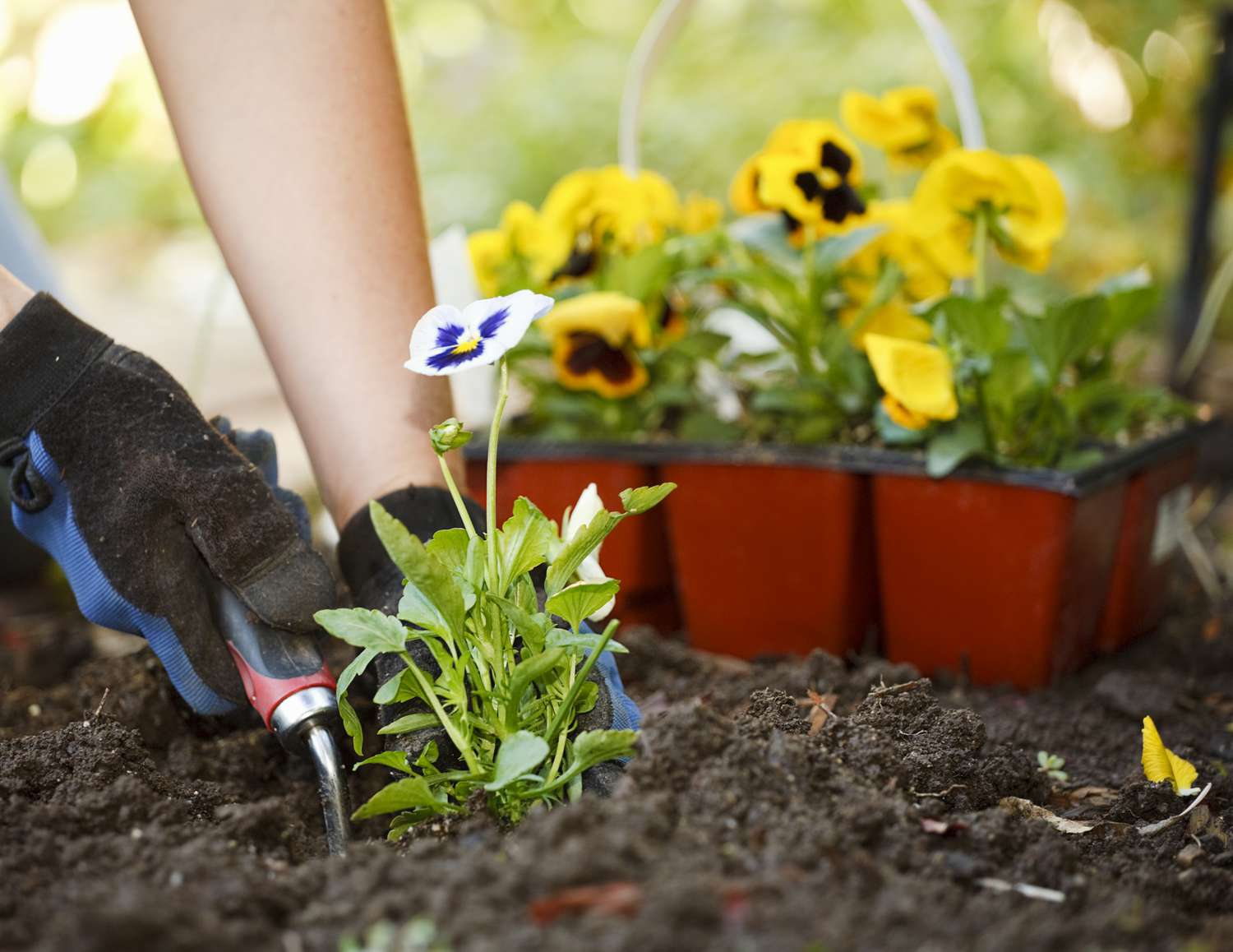
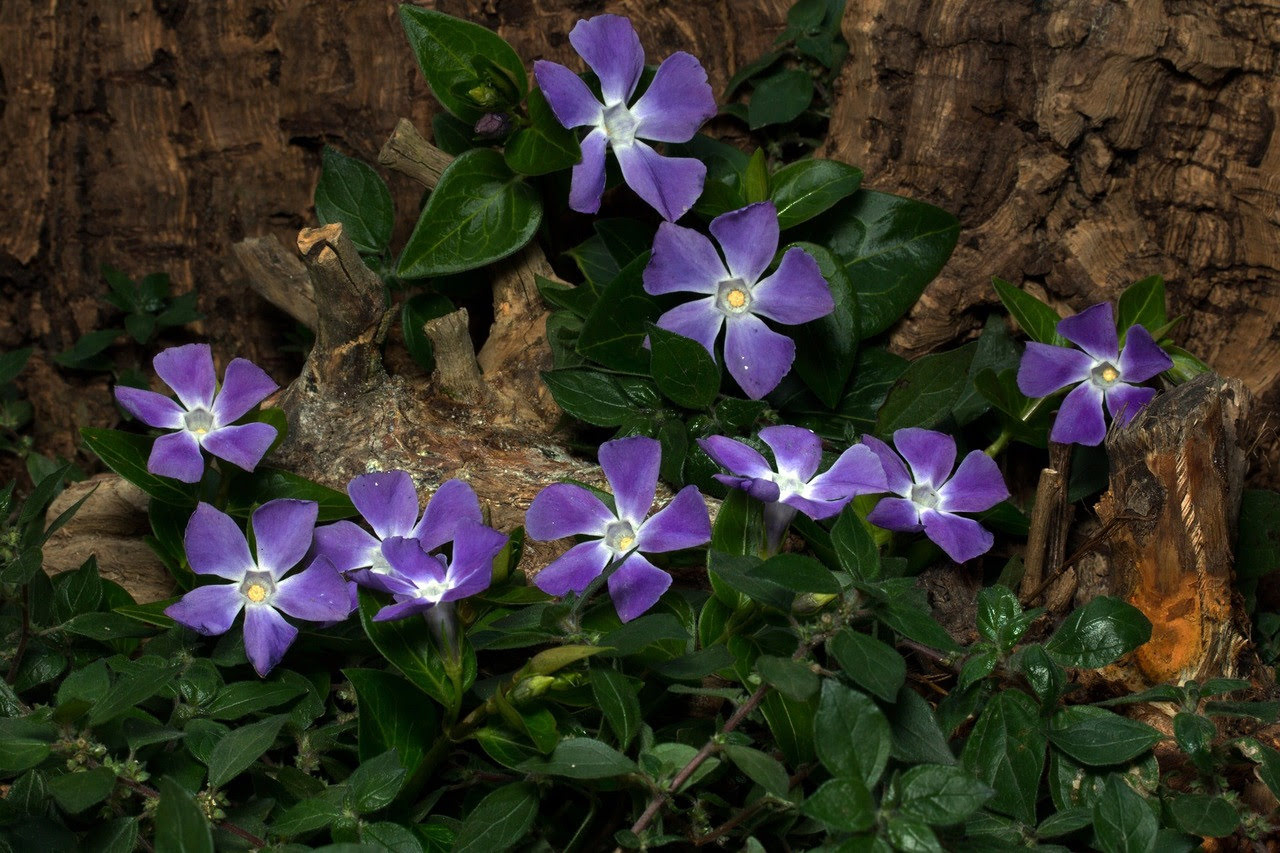
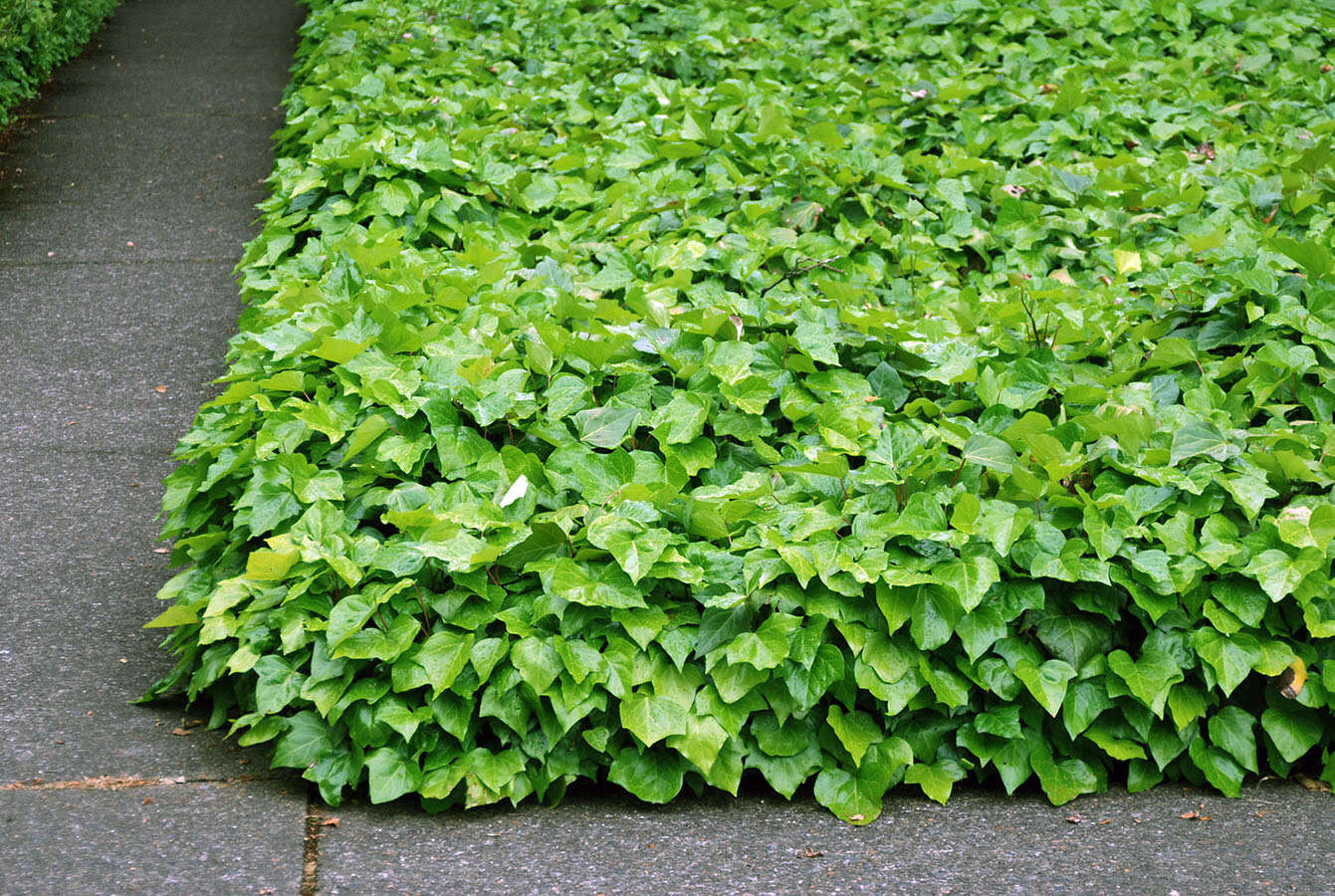
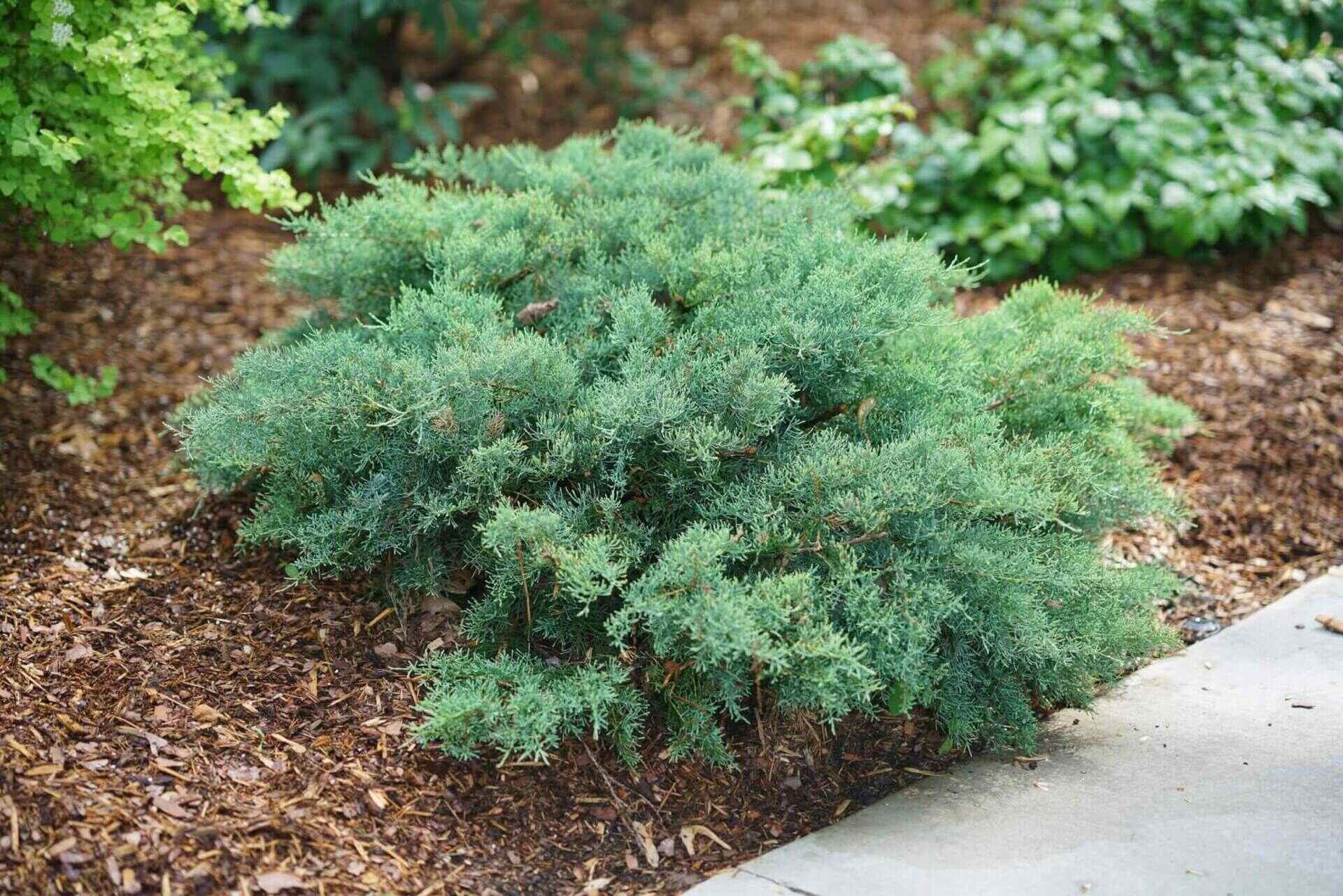
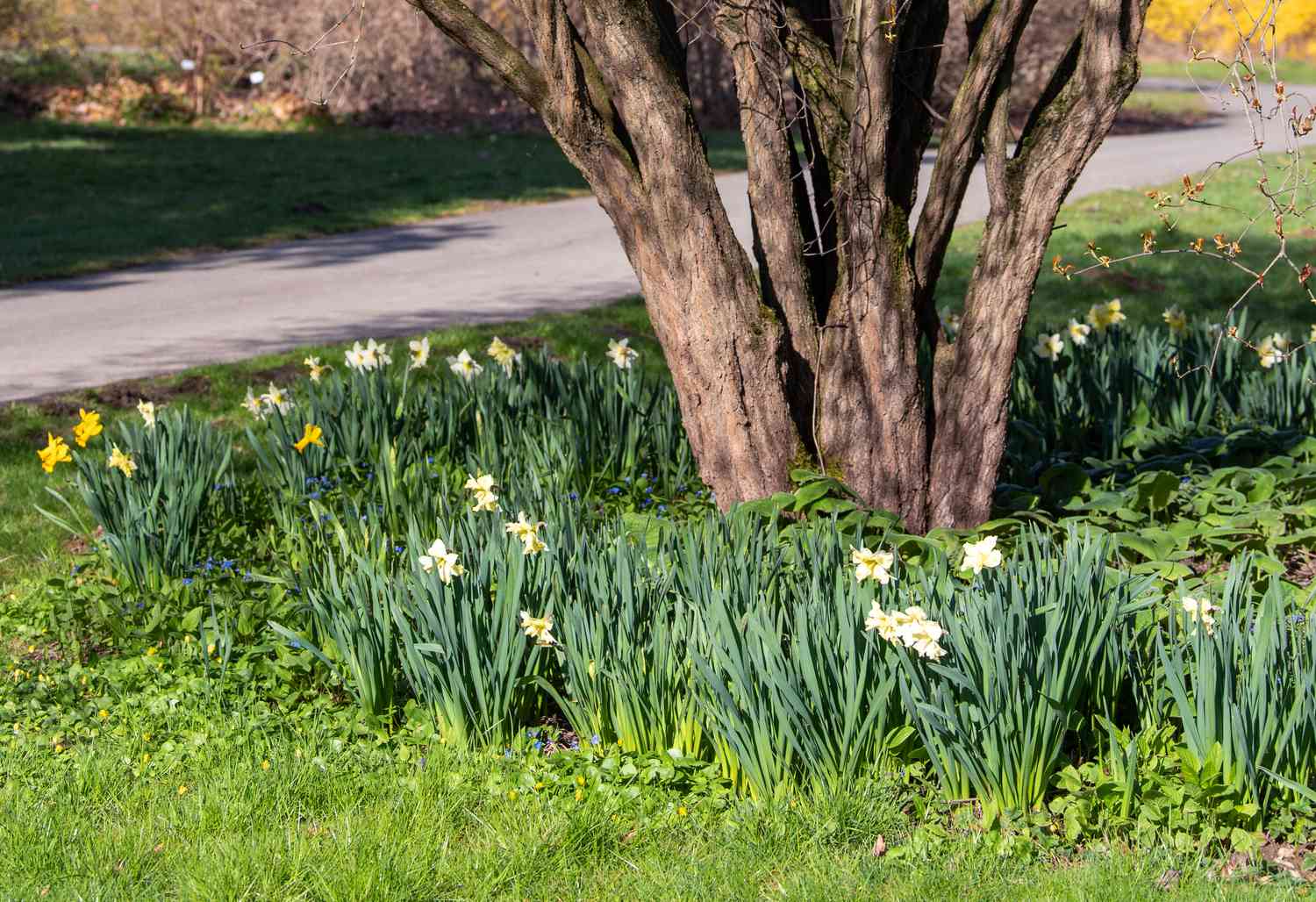
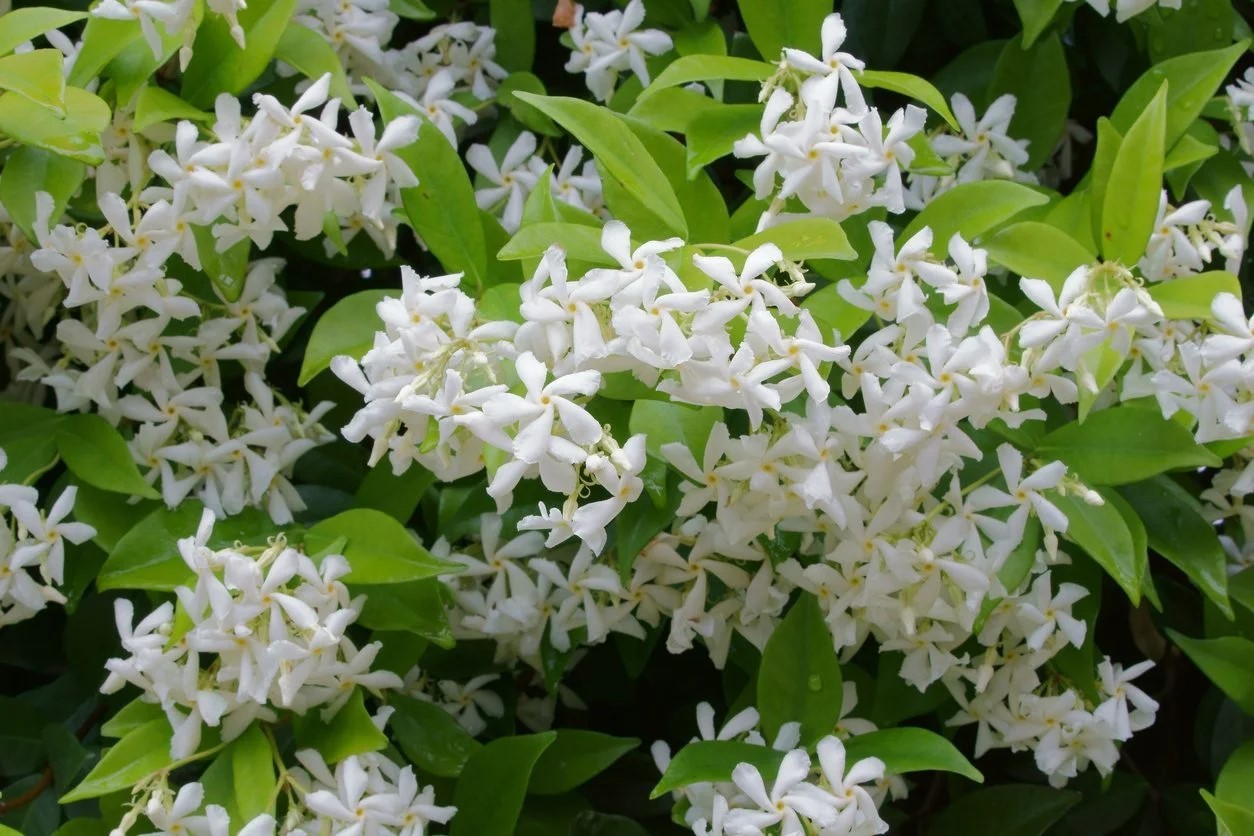
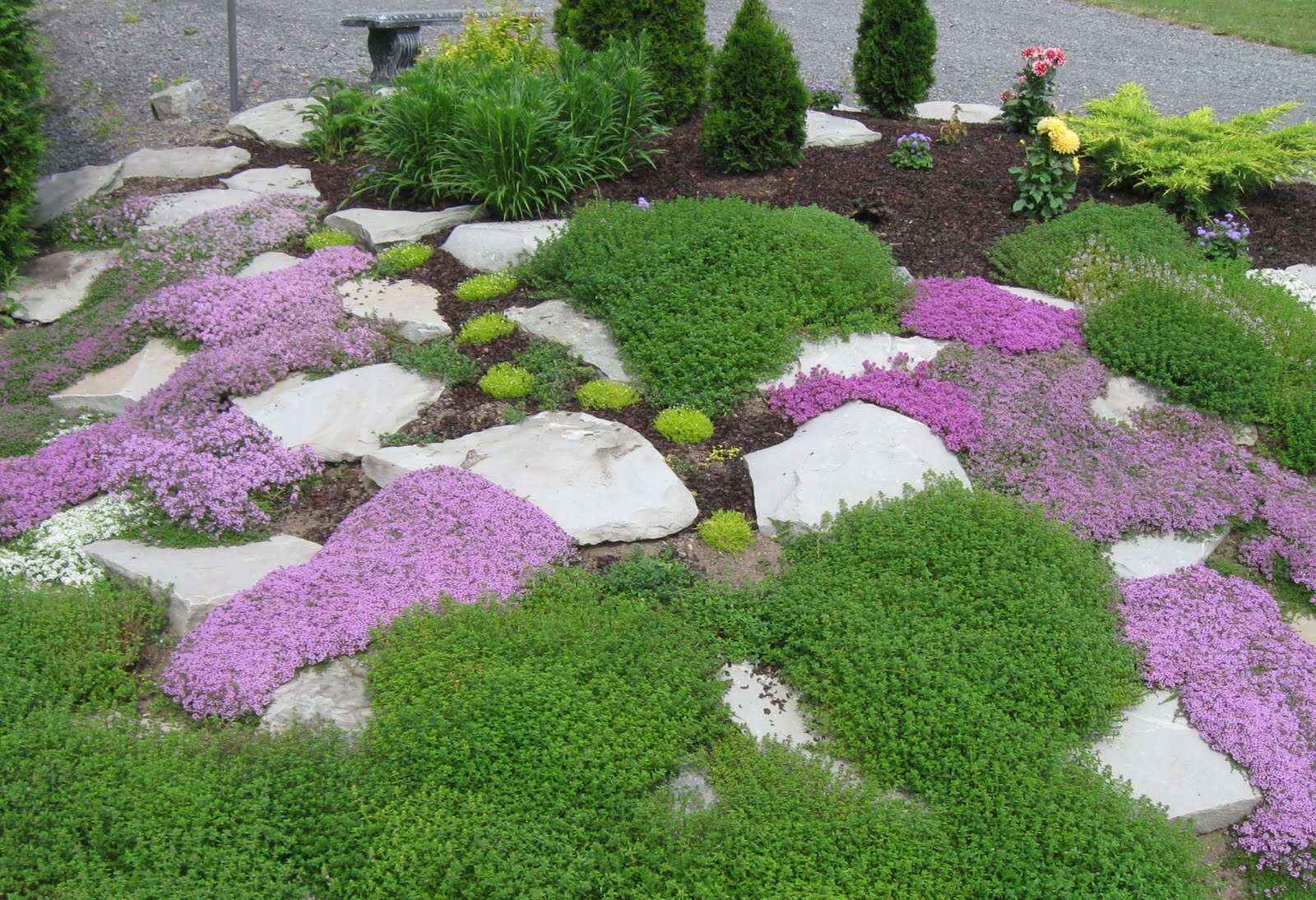
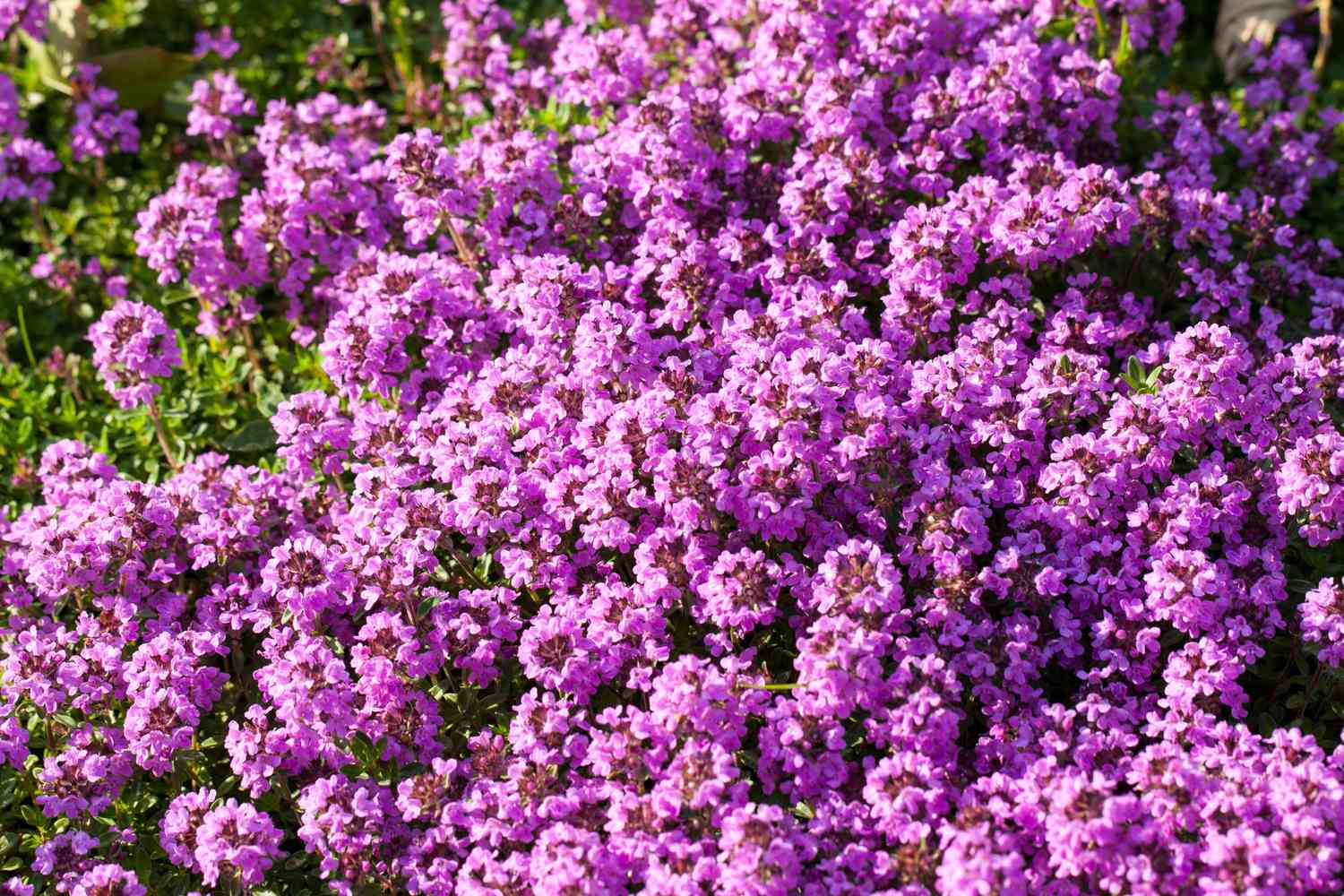

0 thoughts on “Where To Plant Ground Cover Daylilies”